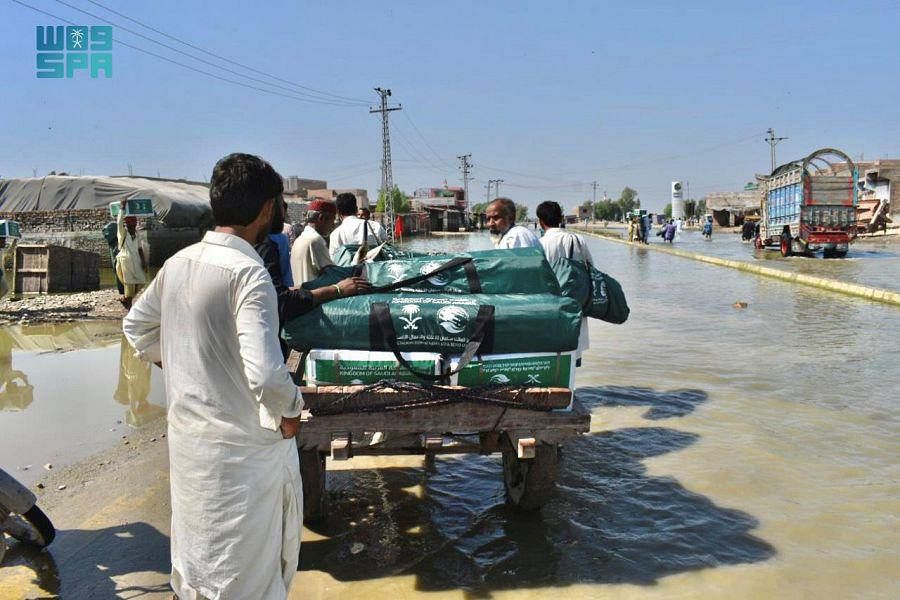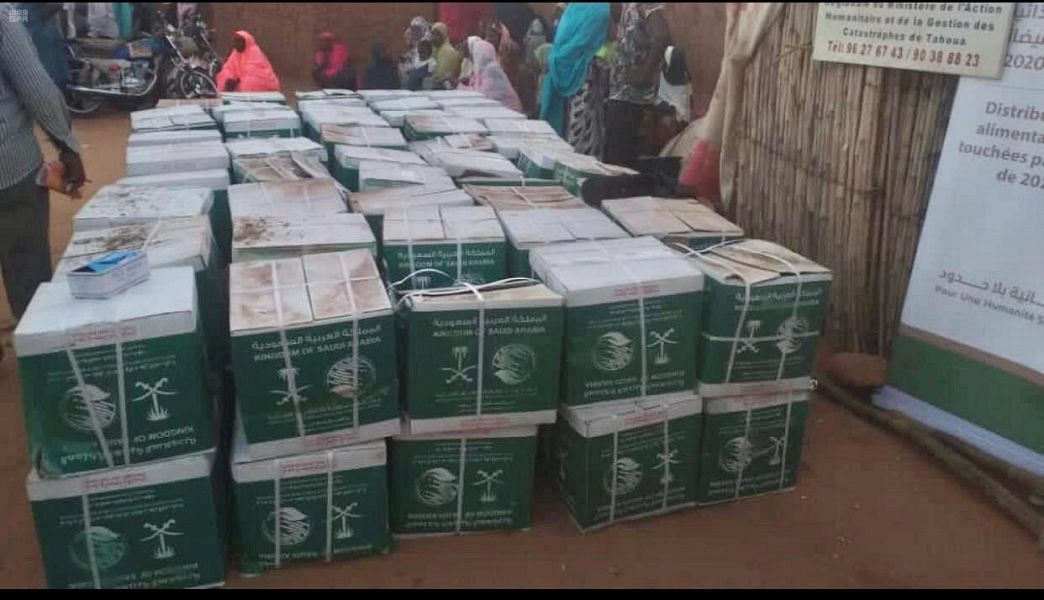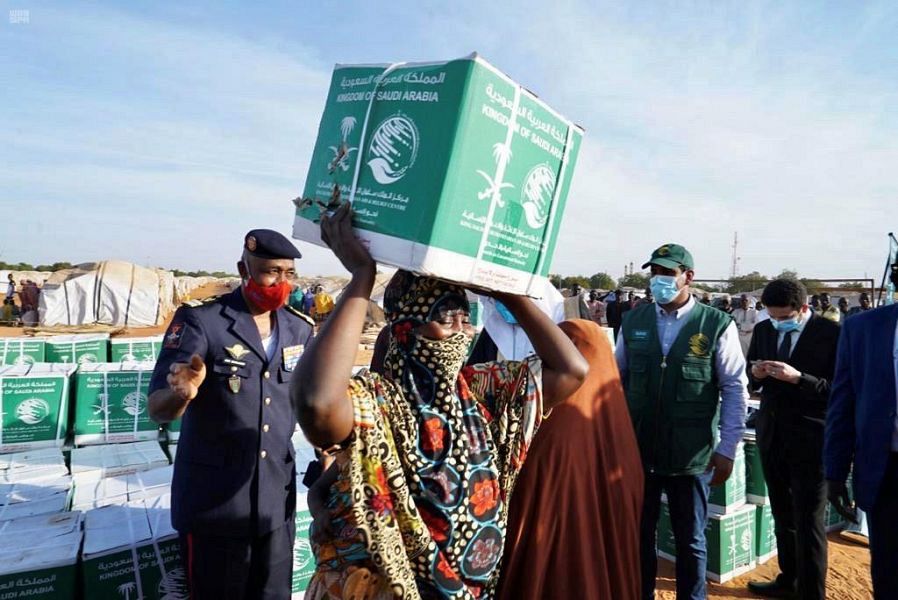
More than 3 million people have been directly affected by the devastation wreaked by Typhoon Rai, which caused widespread power outages and water shortages, and has left some areas completely cut off from relief teams even a week after the disaster.
Rai first hit the Philippines last Thursday, and has been described by the Red Cross as one of the worst typhoons to hit the country in December in five decades. The true scale of the destruction is still unknown because of the extensive communication cuts, and damage to roads, ports and airports.
More than 200 municipalities were still without power as of Wednesday evening, according to an update published by the UN Office for the Coordination of Humanitarian Affairs (OCHA). It warned that children were already becoming ill due to shortages of food and clean water, and said the humanitarian situation may deteriorate further if help is not provided quickly.
Alberto Bocanegra, the head of delegation for the International Federation of Red Cross and Red Crescent Societies in the Philippines, said the agency had been unable to reach communities in parts of Surigao del Norte, Bohol and Cebu. There was little information about the situation on the ground in such areas due to the network outages.
“The wind speeds hit the south-western part of the country at more than 185 km/h [115mph] reaching sometimes even 270km/h [168mph] … So it affected roads, it affected general infrastructure like ports and airports. We have problems [such as] no electricity, meaning no access to water, and then of course no communication,” said Bocanegra.
In Cebu city, one of the areas experiencing power cuts, water refilling stations have been forced to rely on generators to process potable water, causing delays and shortages. Local media reported that many convenience stores and supermarkets have sold out of water, while street vendors were selling bottles at inflated prices. Long queues have been reported outside gas stations, and many residents have taken to Facebook to share information about where essential supplies are still available.
The president, Rodrigo Duterte, has declared a state of calamity in affected areas, allowing local authorities to impose price caps on commodities such as water, and to access emergency resources.
Efforts to provide assistance have been further hampered by funding shortages, as many local governments have already exhausted their annual budgets in responding to the Covid pandemic.
The Philippines is especially vulnerable to weather-related disasters and typically experiences about 20 typhoons and storms each year. Rai struck the country unusually late in the year since most cyclones develop between July and October.
It has forced hundreds of thousands of families from their homes just days ahead of Christmas. “This is a very important time to be together and to be with relatives,” said Bocanegra. “After two years of pandemic and families being separated, it is a big frustration for them.”
The Red Cross has provided residents in affected areas with access to satellite phones, so that they can get in touch with relatives and friends. At least 375 people have been killed by Rai.
Around 662,000 people are still displaced, while 418,371 people are in evacuation centres, according to the UN. It raised concern over the possible spread of illnesses in such locations. “Children are starting to catch fever, colds, and coughs. Physical distancing and use of protective equipment such as masks are no longer observed in many evacuation centres,” it said.
Initial estimates suggest a total of 159,842 houses are damaged, including 61,918 that are completely destroyed. In some areas, the total destruction is even greater than that caused by Super Typhoon Haiyan, the deadliest cyclone on record in the Philippines. It hit the country in November 2013 and left more than 7,360 people dead or missing.
Typhoon Rai, which smashed through the southern and central regions of the Philippines, has devastated the livelihoods of farmers, fishing communities and tourism operators.
Early estimates suggest that 23,000 hectares of rice have been damaged, and that 12,750 farmers have been affected so far. The cost of such damage is thought to be around US$67m (£50m).










